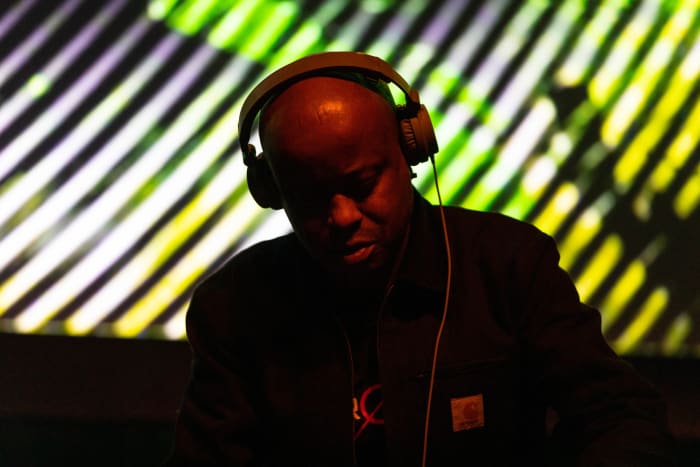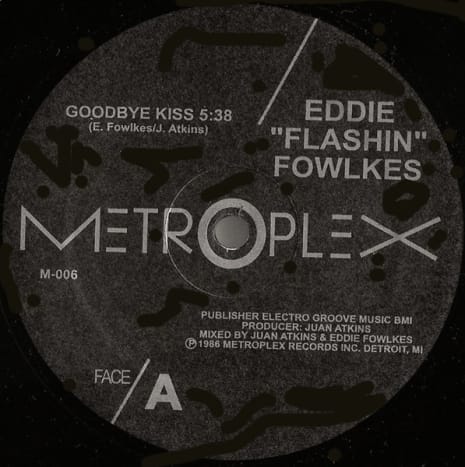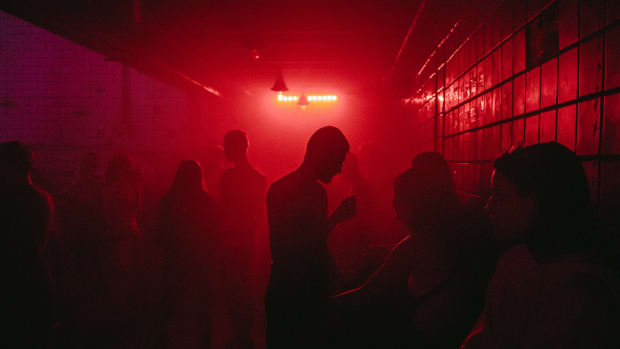Techno music found its rise in popularity throughout the 1970's and 1980's, evolving out of the German electro-pop and American house music genres that were popular at the time. Its signature elements of synths, drum machines, sampling, and repetitious beats have formed the foundation for almost every genre of electronic music over the past three decades. Genres from dubstep and drum & bass to trance and progressive all find their inspirations in the techno music scene.
So let's dive into the origins dance music and touch upon its history, the earliest forms of dance music in the genre, and artists whose sounds pioneers the genre.
Three Pioneers You NEED To Know



History of Techno Music
It started in the late 1970s in the decaying industry Midwestern city of Detroit where a man named Juan Atkins revolutionized a generations with his Korg MS10. At the time, Atkins was only a teenager, but he had ambitions to draw synthesize his futurist inspirations into a form of music that would take his listeners to another world. He was inspired heavily by the likes of David Bowie, Kraftwerk, and Funkadelic along with disco personalities like Giorgio Moroder and Gary Numan.
And it was in the heart of this crumbling motor city that Juan's innovations caught flame, turning the dilapidated ruins of Detroit into the cultural hub of techno across the world. Atkins linked up with Kevin Saunderson and Derrick May, who shared a similar obsession with synths and drum machines that were becoming widely available to a consumer market by this time.

The industrial capital that birthed a genre: Detroit, Michigan
From here, it didn't take long into the 1980s for the genres of music to cross the Atlantic Ocean and take on news lives of its own across Europe (so much so, that techno music is the predominant genre of music when one goes out). By 1982, techno has a large enough footprint in the UK scene that Dimitri Hegemann brought Atonal festival to market. It was Dimitri's strong entrenchment in the scene that eventually connected him with Jeff Mills towards the end of he decade (although Heremann didn't bring Mills over to Europe to perform until years later).
Now a days, Jeff Mills hardly thinks America even cares what he is doing anymore though… but that's a story for another day.
And there was no better time than now for Jeff Mills to come into the spotlight, as competition amongst Detroit DJ stations was at an all-time high. In an effort to find music that none of the other DJs across the city were playing, Mills made the genre defining decision to start introducing more live instrumentation into his live DJ broadcasts. By doing so, he would create never-heard-before records that would only be played on his show and then never be heard again.
With Mills' unique approach, almost creating a subgenre of its own, he quickly gained even more notoriety in the scene which lead him to found the Underground Resistance alongside partners Robert Hood and Mike Banks in 1989. Using the genres and subgenres of techno as a political movement, the party was able to provide a voice to the minority communities that Detroit's industrial boom left behind.
In 1990, Hegemann invited Mills and the Underground Resistance over to Europe to play at his freshly minted club, Tresor. This was the moment that techno officially went global, as this club was soon pinned as the Berlin-Detroit connection. From there, dozens of big names in the burgeoning American techno scene relocated to Berlin to further pursue their creative paths and in hopes of making a career in the industry.
By the time the mid-90s were upon the scene, techno had spread and morphed so heavily that new genres had spread into every different corner of the world. The Netherlands created Gabber, Goa birthed trance, and Sheffield coined the IDM genre.
By this time, select DJs were rising to celebrity status and were taking over the global club scene. Techno DJs and producers were at superstar levels of notoriety as were the clubs they were playing at. Clubs in Ibiza and Berlin were falling victim to the rapid commercialization of the genre, to the point were many of the techno pioneers started to second guess the state of the genre throughout the late 90's and early 2000s.
From here, the rest is history…
Early Techno Releases
Of the three founders of the techno sound, Atkins was the first to break ground by releasing the first official techno single, a song titled 'Alleys Of Your Mind/Cosmic Raindance.'
And while this was the first true techno record ever released, the other artists found their owns measures of success as well. Saunderson, for example, landed many synth-driven hits that performed well on the charts and went on to sell millions and millions of records. Kevin's most famous record was released in May of 1987 which was a single titled 'Strings Of Life' which was actually released under an alias of his; Rythim is Rythim.
Here are some other fantastic techno records you should know about from the early days of the genre.





Techno Artists





Glossary Of Techno Genres
Having been apart of near-mainstream culture since the early 90's, techno has branched off into many subgenres. It can be hard to keep track of what is what in today's techno culture, so here is a the short and sweet of the main ones of today.
Hardcore Techno
Originating from the Netherlands, this is a genre of electronic dance music that features tempos faster than conventional techno records (which usually range between 120 and 150 beats per minute). Hardcore features hyper-aggressive kicks and synthesized basses which were heavily affected by compression and saturation to create a violent tonality.
Acid Techno
Casually known just as 'Acid' this was a style of music that came out of Europe in the early 90's that featured squelchy basslines created using a TB-303 bass synth. The term itself came from the earsplitting acidic squelching noises caused by the 303 synth, which was created by the unique resonance that was hard to recreate using any other synth than the Roland.
Minimal Techno
This sub-genre saw a far more stripped down approach to its compositions. Minimal electronica like this was pioneered during Detroit's second wave of techno producers in the early to mid 90's after the genre was already firmly planted in the community. But the europeans, Germans specifically, took the subgenre to new heights with leading labels like Kompakt, Perlon and others releasing quality music that caught the attention of the masses.
Industrial Techno
A techno track like this features a noisey and industrial aesthetic that is atmospheric and hypnotic. The repetitive beats would keep a dance floor moving with long-running ambiences and noise effects ominous tones.
Ambient Techno
The trance-inducing qualities of this style of music was pioneer by artists such as Aphex Twin and others. It was built off of the ambient house scene in the mid 90's and blended cascading sonics with the synths and drum machines commonly seen in techno. Tracks like this helped usher in a new wave for the genre as producers continued to push the boundaries of what was trippy and possible.
Detroit Techno
Detroit techno is the OG of all the sub genres. Listening to this style of music may seem a bit dated when compared to today's techno records being released but any modern producer stands on the shoulders of these giants.
Melodic Techno
This is a trance-inducing sub-genre that has been on the rise over the past five years. Labels such as Afterlife and others are champions of a sound that blend the repetitious beats of techno with the melodies and harmonic complexities of trance and progressive house. The result is a genre that gets the best of both worlds which likely justifies its mass-market appeal over the past years.

















